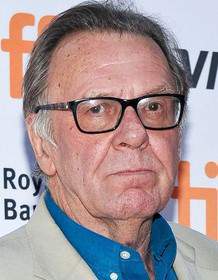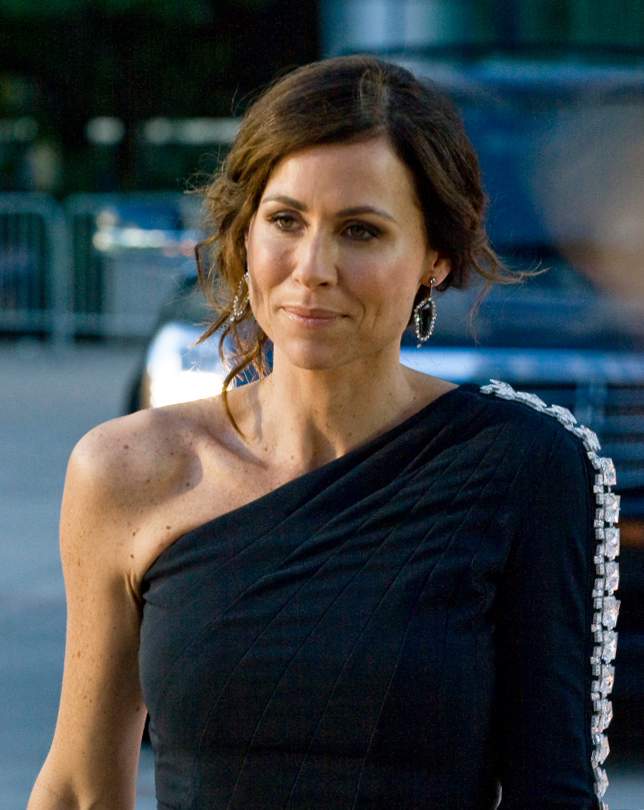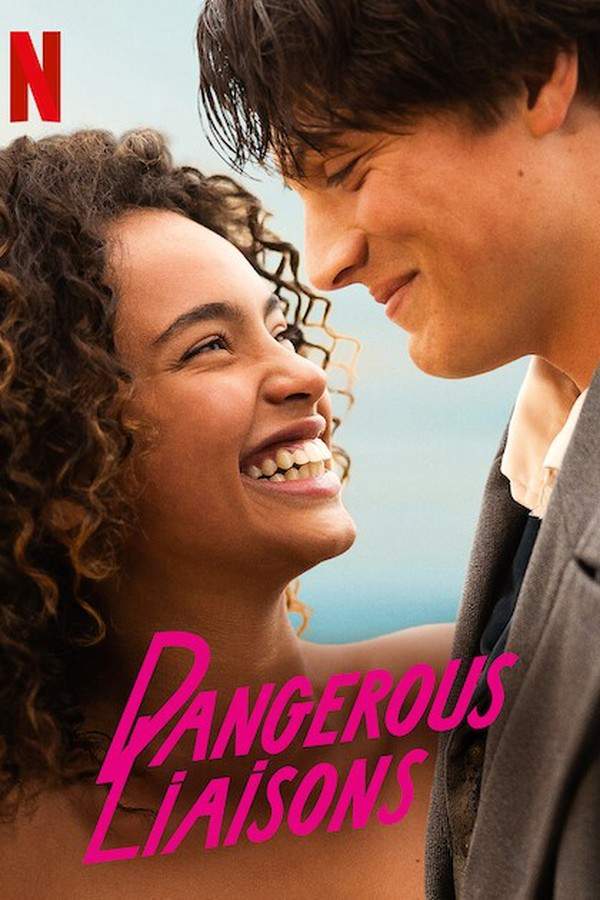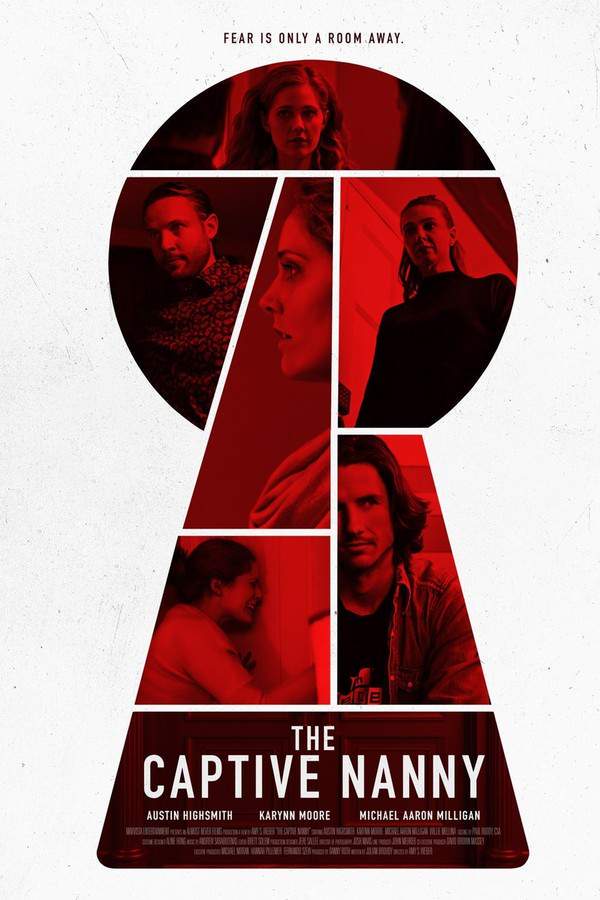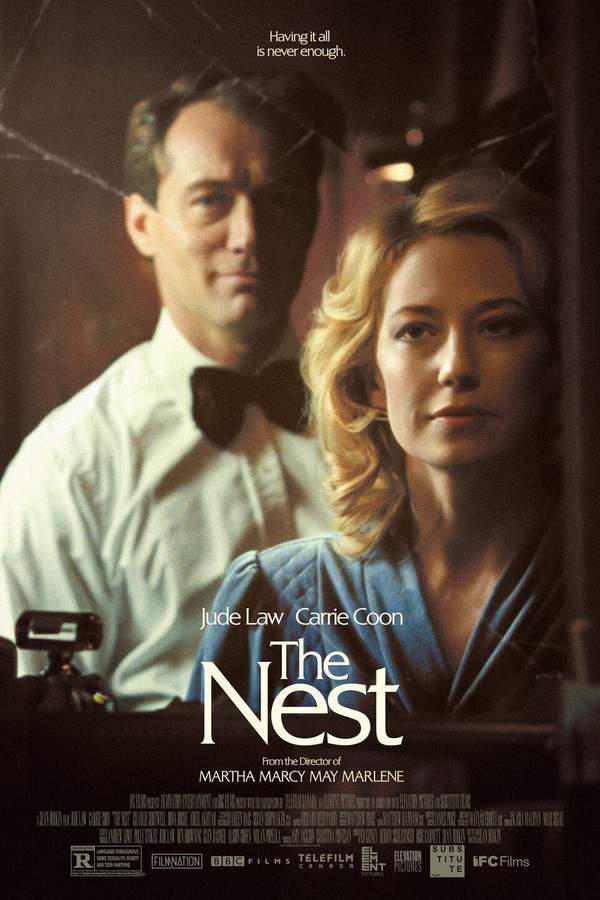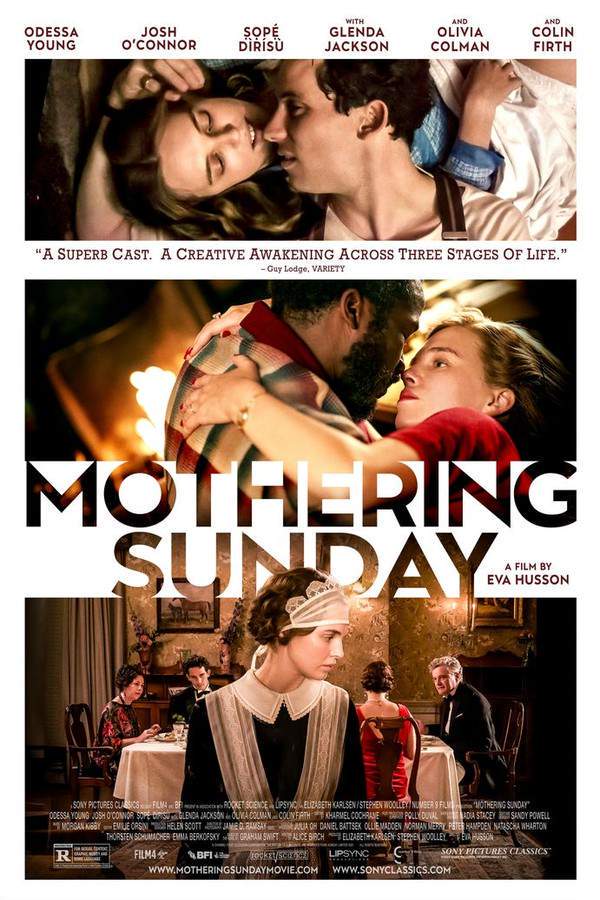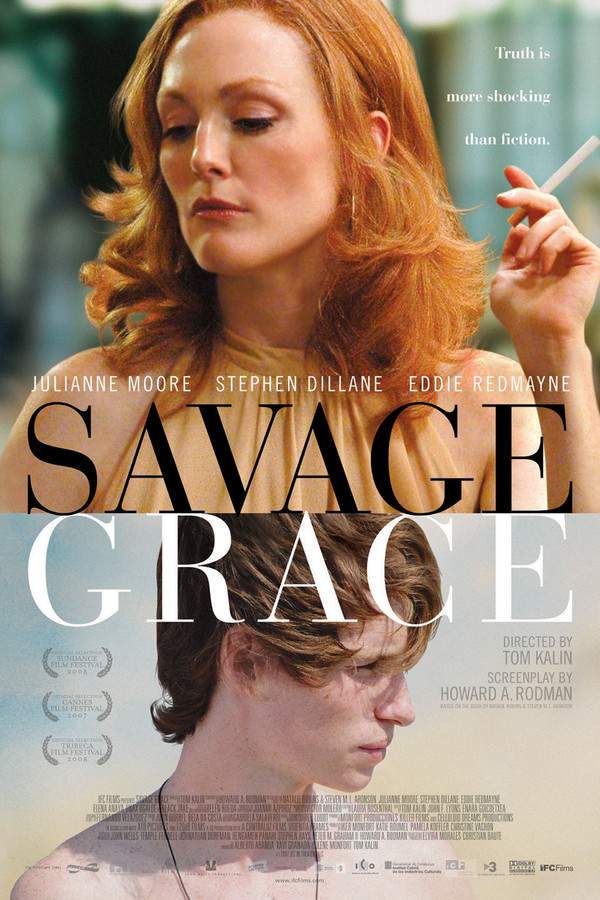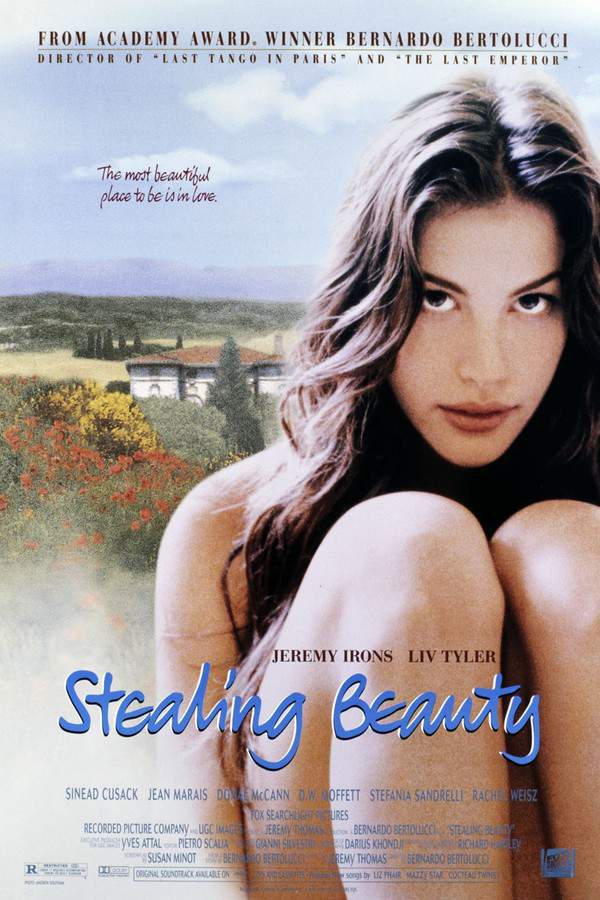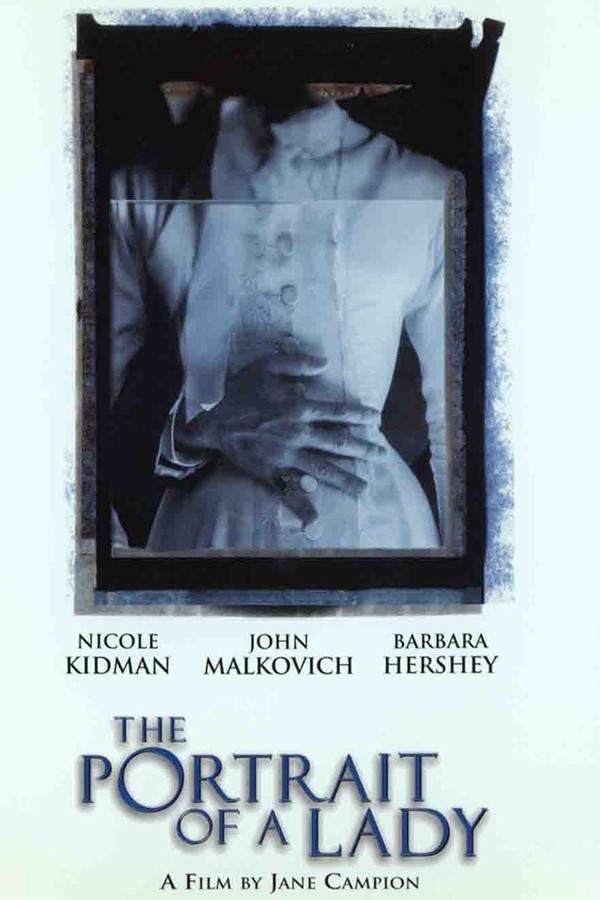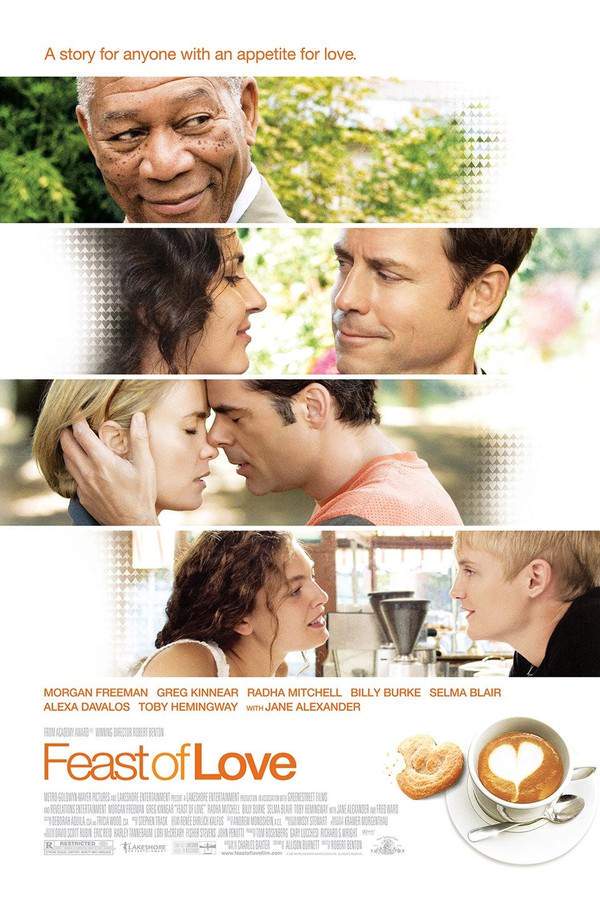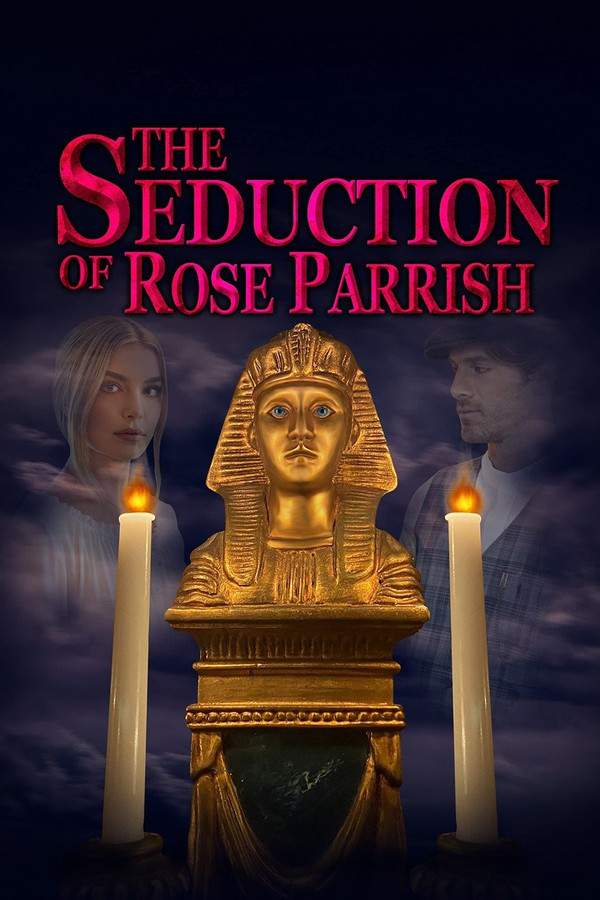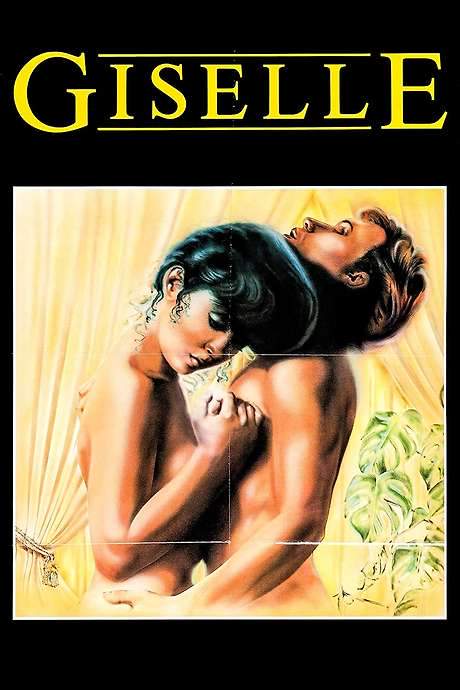The Governess 1998
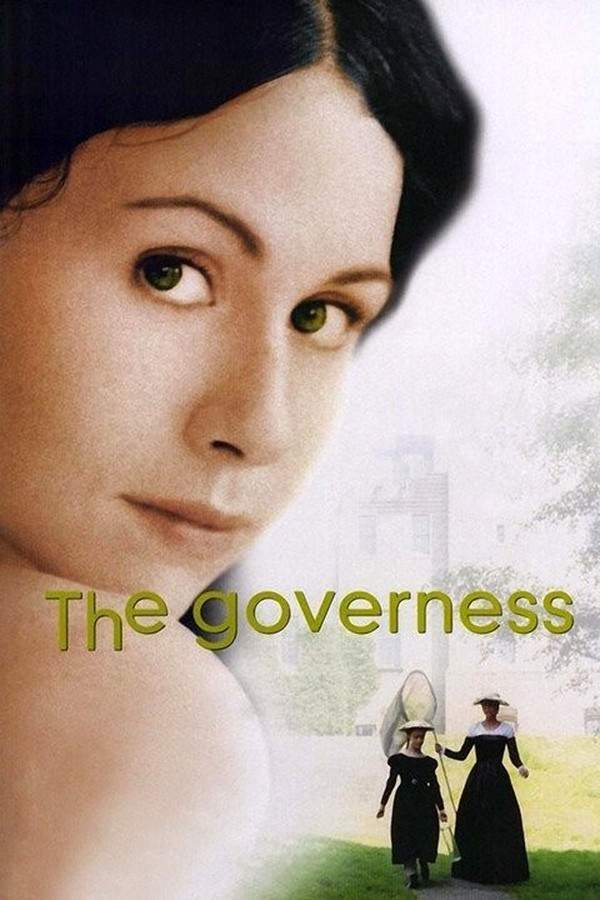
Fleeing a difficult past, a young woman named Rosina da Silva takes on a new identity and becomes a governess on a secluded Scottish island. While fulfilling her professional responsibilities, she finds herself increasingly drawn to the estate's charismatic patriarch, Charles. As Rosina grapples with her feelings and the challenges of her new life, she must confront her past and navigate a complicated web of desire and duty.
Does The Governess have end credit scenes?
No!
The Governess does not have end credit scenes. You can leave when the credits roll.
Meet the Full Cast and Actors of The Governess
Explore the complete cast of The Governess, including both lead and supporting actors. Learn who plays each character, discover their past roles and achievements, and find out what makes this ensemble cast stand out in the world of film and television.
External Links and Streaming Options
Discover where to watch The Governess online, including streaming platforms, rental options, and official sources. Compare reviews, ratings, and in-depth movie information across sites like IMDb, TMDb, Wikipedia or Rotten Tomatoes.
Ratings and Reviews for The Governess
See how The Governess is rated across major platforms like IMDb, Metacritic, and TMDb. Compare audience scores and critic reviews to understand where The Governess stands among top-rated movies in its genre.

60
Metascore
tbd
User Score


%
TOMATOMETER

0%
User Score

6.2 /10
IMDb Rating

59
%
User Score
Take the Ultimate The Governess Movie Quiz
Challenge your knowledge of The Governess with this fun and interactive movie quiz. Test yourself on key plot points, iconic characters, hidden details, and memorable moments to see how well you really know the film.
The Governess Quiz: Test your knowledge on the intricate story and characters of 'The Governess' from 1998.
What is the original identity of Rosina da Silva after she renames herself?
Mary Blackchurch
Clementina Cavendish
Mrs. Cavendish
Henry Cavendish
Show hint
Awards & Nominations for The Governess
Discover all the awards and nominations received by The Governess, from Oscars to film festival honors. Learn how The Governess and its cast and crew have been recognized by critics and the industry alike.
52nd British Academy Film Awards 1999
Full Plot Summary and Ending Explained for The Governess
Read the complete plot summary of The Governess, including all major events, twists, and the full ending explained in detail. Explore key characters, themes, hidden meanings, and everything you need to understand the story from beginning to end.
Set in the 1830s, the narrative follows Rosina da Silva, portrayed by Minnie Driver, who is the elegant eldest daughter of an affluent Jewish family within a tight-knit community of Sephardic Jews in London. Following the shocking murder of her father, which leaves the family in dire financial straits, she firmly rejects an arranged marriage with an older man and resolves to support her family herself. Even if it means taking the stage like her esteemed aunt, known as Countess Koulinskyi, a famous singer.
Determined to reinvent herself, she adopts the name Mary Blackchurch—a Protestant of partial Italian descent—to hide her true heritage. Quickly, she secures a position as a governess for the Cavendish family, a Scottish landed gentry residing on the picturesque Isle of Skye in the Hebrides. Charles Cavendish, played by Tom Wilkinson, is a science enthusiast preoccupied with the challenge of retaining photographic images on paper. Meanwhile, his wife, portrayed by Harriet Walter, drowns in her own boredom.
Their young daughter, Clementina (Florence Hoath), is initially resistant to Mary’s authority, yet she eventually finds a close friend in her. Mary, possessing a remarkable education and a thirst for knowledge at a time when women’s roles were largely domestic, astounds Charles with her insight and capability, leading her to become his invaluable assistant. Their bond deepens into an emotional and passionate connection.
On the eve of Passover, while in her room, Mary accidentally spills salt water on one of Charles’s prints, which leads her to discover a groundbreaking technique for image preservation. This revelation brings them together in more ways than one, culminating in an intimate moment that strengthens their relationship.
However, complications arise with the return of the Cavendish son, Henry (Jonathan Rhys Meyers), who returns home after a string of expulsion-worthy escapades at the University of Oxford. Obsessively fixated on Mary, he uncovers her concealed past. Although he vows to keep her secret, he ultimately confesses his feelings to Charles. The father harshly dismisses his son’s affections, calling Mary “practically a demimondaine,” which creates an emotional rift between them.
In a moment of vulnerability, Mary leaves behind a nude photograph of Charles, leading him to recoil from her. When a colleague visits, Charles unjustly takes full credit for the technique they developed together, leaving Mary feeling betrayed. Frustrated, she shifts her anger onto Henry before deciding it’s time to leave the island and return to London.
Reclaiming her heritage, she presents herself again as a Jew and confronts Mrs. Cavendish at the dinner table with the intimate portrait of her husband. Back in London, she fully embraces her identity, becoming a renowned portrait photographer celebrated for her unique depictions of Jewish life. As her sister announces her next scheduled sitting, she is unexpectedly met with Charles, and when asked if they have completed the session, she coolly responds, “quite done.” Her reflective closing remark lingers: >“I hardly think of those days at all. No, I don’t think of those days at all.” However, the portrait of Charles remains a poignant reminder among her collection, revealing a deeper, unspoken connection in her heart.
Uncover the Details: Timeline, Characters, Themes, and Beyond!

Coming soon on iOS and Android
The Plot Explained Mobile App
From blockbusters to hidden gems — dive into movie stories anytime, anywhere. Save your favorites, discover plots faster, and never miss a twist again.
Sign up to be the first to know when we launch. Your email stays private — always.
Watch Trailers, Clips & Behind-the-Scenes for The Governess
Watch official trailers, exclusive clips, cast interviews, and behind-the-scenes footage from The Governess. Dive deeper into the making of the film, its standout moments, and key production insights.
The Governess Themes and Keywords
Discover the central themes, ideas, and keywords that define the movie’s story, tone, and message. Analyze the film’s deeper meanings, genre influences, and recurring concepts.
The Governess Other Names and Titles
Explore the various alternative titles, translations, and other names used for The Governess across different regions and languages. Understand how the film is marketed and recognized worldwide.
Similar Movies To The Governess You Should Know About
Browse a curated list of movies similar in genre, tone, characters, or story structure. Discover new titles like the one you're watching, perfect for fans of related plots, vibes, or cinematic styles.
Quick Links: Summary, Cast, Ratings, More

What's After the Movie?
Not sure whether to stay after the credits? Find out!
Explore Our Movie Platform
New Movie Releases (2025)
Famous Movie Actors
Top Film Production Studios
Movie Plot Summaries & Endings
Major Movie Awards & Winners
Best Concert Films & Music Documentaries
Movie Collections and Curated Lists
© 2025 What's After the Movie. All rights reserved.




